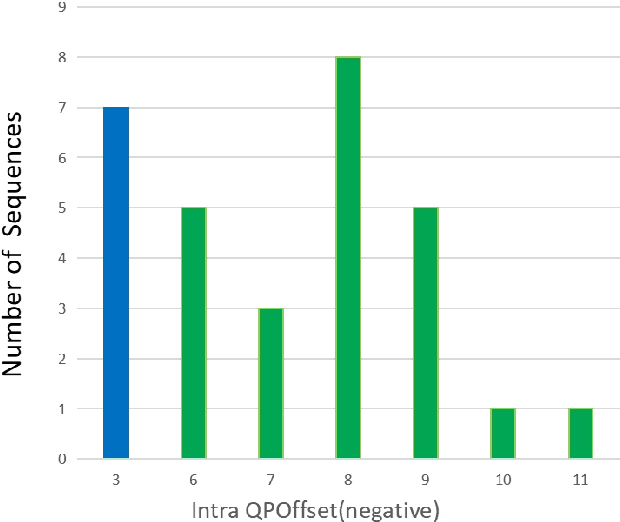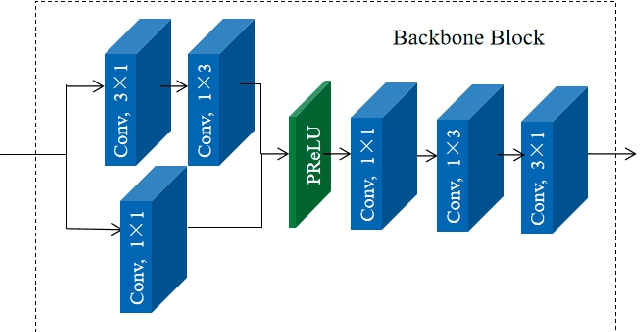Xing Zeng
A Video Coding Method Based on Neural Network for CLIC2024
Jan 08, 2024



Abstract:This paper presents a video coding scheme that combines traditional optimization methods with deep learning methods based on the Enhanced Compression Model (ECM). In this paper, the traditional optimization methods adaptively adjust the quantization parameter (QP). The key frame QP offset is set according to the video content characteristics, and the coding tree unit (CTU) level QP of all frames is also adjusted according to the spatial-temporal perception information. Block importance mapping technology (BIM) is also introduced, which adjusts the QP according to the block importance. Meanwhile, the deep learning methods propose a convolutional neural network-based loop filter (CNNLF), which is turned on/off based on the rate-distortion optimization at the CTU and frame level. Besides, intra-prediction using neural networks (NN-intra) is proposed to further improve compression quality, where 8 neural networks are used for predicting blocks of different sizes. The experimental results show that compared with ECM-3.0, the proposed traditional methods and adding deep learning methods improve the PSNR by 0.54 dB and 1 dB at 0.05Mbps, respectively; 0.38 dB and 0.71dB at 0.5 Mbps, respectively, which proves the superiority of our method.
CSI Sensing from Heterogeneous User Feedbacks: A Constrained Phase Retrieval Approach
Jun 28, 2022



Abstract:This paper investigates the downlink channel state information (CSI) sensing in 5G heterogeneous networks composed of user equipments (UEs) with different feedback capabilities. We aim to enhance the CSI accuracy of UEs only affording the low-resolution Type-I codebook. While existing works have demonstrated that the task can be accomplished by solving a phase retrieval (PR) formulation based on the feedback of precoding matrix indicator (PMI) and channel quality indicator (CQI), they need many feedback rounds. In this paper, we propose a novel CSI sensing scheme that can significantly reduce the feedback overhead. Our scheme involves a novel parameter dimension reduction design by exploiting the spatial consistency of wireless channels among nearby UEs, and a constrained PR (CPR) formulation that characterizes the feasible region of CSI by the PMI information. To address the computational challenge due to the non-convexity and the large number of constraints of CPR, we develop a two-stage algorithm that firstly identifies and removes inactive constraints, followed by a fast first-order algorithm. The study is further extended to multi-carrier systems. Extensive tests over DeepMIMO and QuaDriGa datasets showcase that our designs greatly outperform existing methods and achieve the high-resolution Type-II codebook performance with a few rounds of feedback.
Comparing Aggregators for Relational Probabilistic Models
Jul 25, 2017

Abstract:Relational probabilistic models have the challenge of aggregation, where one variable depends on a population of other variables. Consider the problem of predicting gender from movie ratings; this is challenging because the number of movies per user and users per movie can vary greatly. Surprisingly, aggregation is not well understood. In this paper, we show that existing relational models (implicitly or explicitly) either use simple numerical aggregators that lose great amounts of information, or correspond to naive Bayes, logistic regression, or noisy-OR that suffer from overconfidence. We propose new simple aggregators and simple modifications of existing models that empirically outperform the existing ones. The intuition we provide on different (existing or new) models and their shortcomings plus our empirical findings promise to form the foundation for future representations.
 Add to Chrome
Add to Chrome Add to Firefox
Add to Firefox Add to Edge
Add to Edge